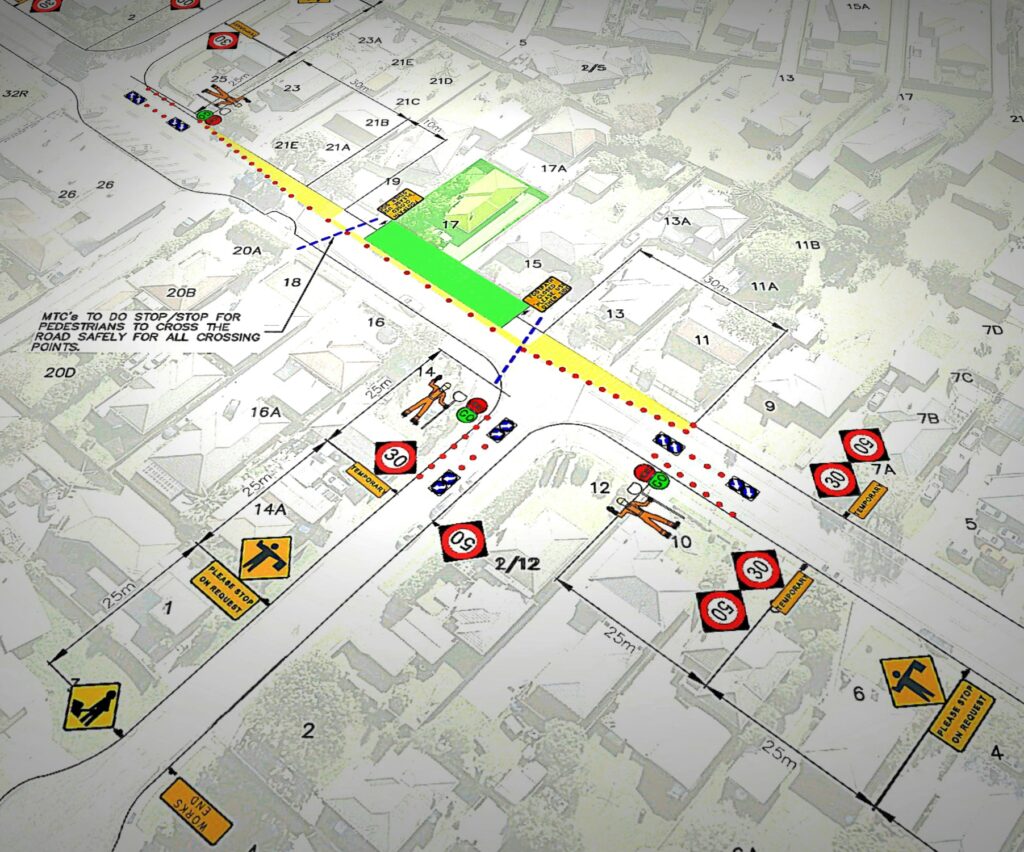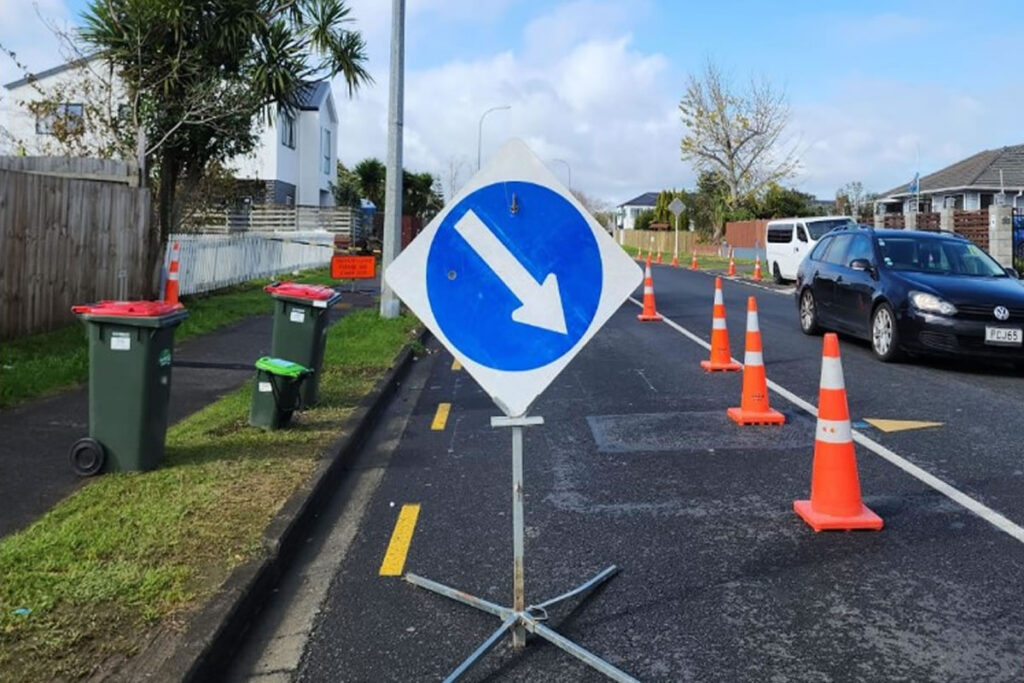Introduction
In New Zealand, construction and maintenance work often requires managing traffic effectively to ensure safety for both workers and the public. This is where Temporary Traffic Management Onsite (TTM) comes into play. Understanding the key aspects of TTM is crucial for businesses, contractors, and even the general public. In this blog, we’ll cover everything you need to know about TTM and its role in keeping New Zealand’s roads safe during infrastructure projects.
What is Temporary Traffic Management Onsite (TTM)?
Temporary Traffic Management Onsite refers to the organized, planned system of managing traffic around construction zones, maintenance projects, or special events. It involves the temporary arrangement of signs, cones, barriers, and personnel to direct traffic flow, ensuring both safety and efficiency.
In New Zealand, TTM is essential for projects ranging from minor repairs to major roadworks. The New Zealand Transport Agency (NZTA) has stringent guidelines for implementing TTM, ensuring that both road users and construction crews are protected from potential hazards.
Why is TTM Important?
- Safety of Road Users and Workers
The primary purpose of TTM is to protect everyone. Traffic accidents, particularly in construction zones, can be fatal. With properly managed traffic, the chances of accidents reduce significantly. - Smooth Traffic Flow
TTM helps minimize disruptions by guiding drivers safely through or around worksites. By efficiently controlling traffic flow, delays are reduced, and chaos is avoided. - Legal Compliance
Implementing TTM is often a legal requirement in New Zealand. The NZTA mandates that all roadwork projects follow specific traffic management procedures. Not adhering to these standards can lead to penalties and project delays.
Key Components of TTM
- Traffic Management Plans (TMPs)
A TMP outlines how traffic will be managed during a project. It includes signage, barriers, speed limits, and instructions for road users. Contractors must submit these plans to the relevant authorities, like local councils or the NZTA, before starting any roadwork. - Qualified Personnel
Trained and certified professionals are required to oversee TTM. These include Site Traffic Management Supervisors (STMS), who ensure that the TMP is followed correctly, and Traffic Controllers (TCs), who assist in implementing the plan on the ground. - Traffic Signs and Equipment
Temporary traffic signs, cones, barriers, and electronic signals are used to communicate with drivers. These need to meet NZTA standards and be placed correctly for optimal visibility and effectiveness. - Monitoring and Adjustments
Traffic conditions can change, so TTM needs to be flexible. Regular monitoring ensures that adjustments are made as needed, whether due to changes in weather, traffic volume, or project scope.
When is TTM Required?
TTM is needed in various scenarios, including:
- Construction Projects: Road construction, maintenance, or building projects often require temporary traffic control.
- Utility Repairs: When utility companies perform underground work, TTM is crucial for directing vehicles around the worksite.
- Special Events: Events like marathons or festivals that disrupt regular traffic patterns require TTM to ensure smooth traffic flow and pedestrian safety.
Best Practices for Effective TTM
- Comprehensive Planning
Every TTM project should start with a well-developed TMP. Consider factors such as peak traffic hours, alternative routes, and weather conditions. - Clear Communication
Use visible, easy-to-understand signage and make sure it is placed at the right distance from the worksite to give drivers adequate time to adjust. - Regular Updates
As the project progresses, update your TTM setup. This ensures that both workers and road users are adapting to any changes in road conditions or project phases. - Community Awareness
Notify local residents and businesses in advance about potential disruptions. This can help reduce frustration and encourage road users to seek alternate routes during peak hours.
The Role of Dynamixx Traffic Services in TTM
At Dynamixx Traffic Services, we specialize in delivering comprehensive Temporary Traffic Management solutions across New Zealand. Our team of certified professionals ensures that your projects meet all legal requirements and are carried out efficiently and safely. From developing Traffic Management Plans (TMPs) to providing onsite Traffic Controllers (TCs) and Site Traffic Management Supervisors (STMS), we have the expertise to handle all your TTM needs.
Conclusion
Temporary Traffic Management Onsite (TTM) is essential for ensuring the safety of road users and workers during roadworks and events. By following best practices and working with experienced professionals, such as those at Dynamixx Traffic Services, your project can run smoothly and safely while adhering to all necessary regulations.
If you’re planning a project that requires traffic management, don’t hesitate to contact Dynamixx Traffic Services. We’re here to help keep New Zealand’s roads safe and efficient.
Interested in learning more about TTM for your project? Contact Dynamixx Traffic Services today for a consultation!



